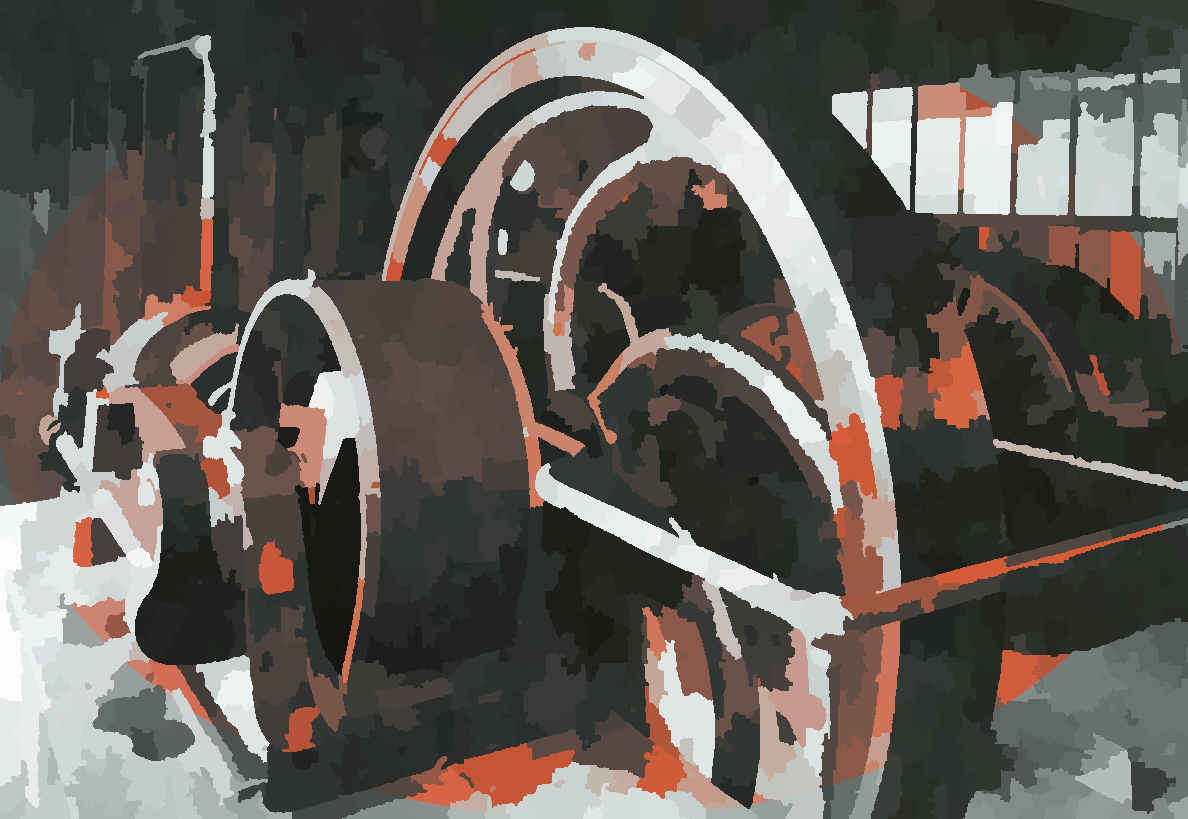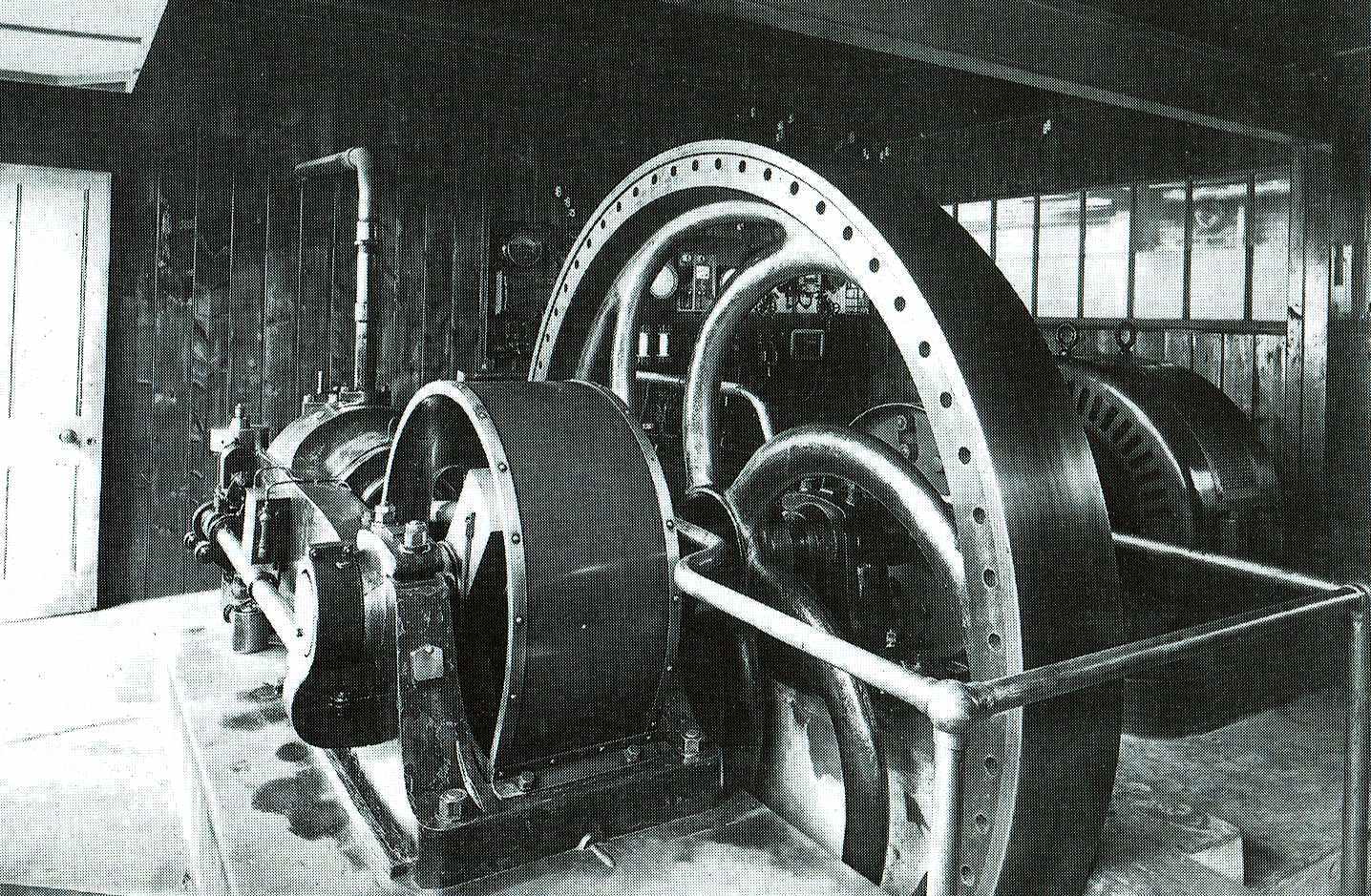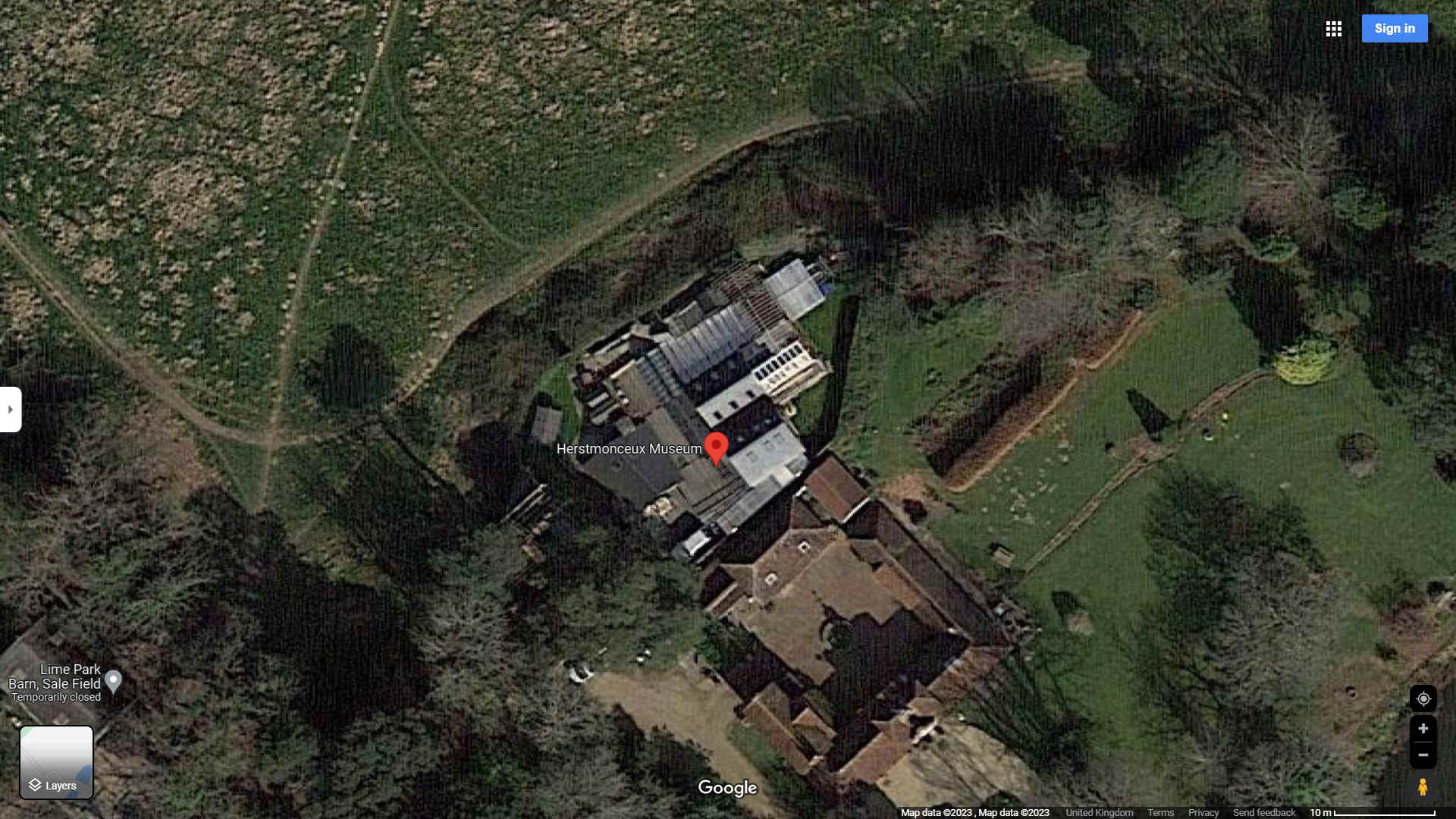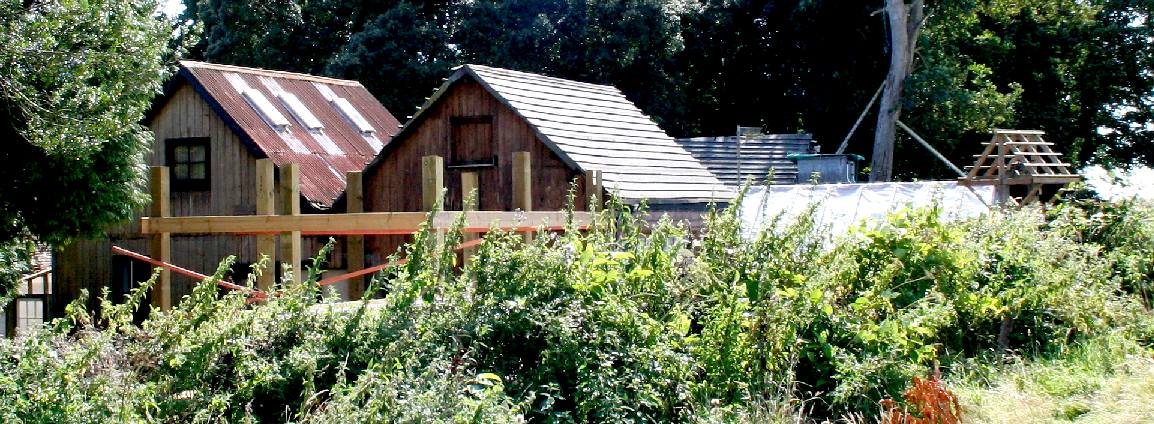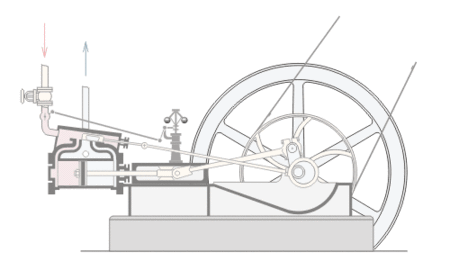|
WOODWORKS, GAS ENGINE & SHED 3 |
DEV. PHASE 4 |
|||||||||||||||||||||||||||||||||||||||||||||||||||||||||||||||||||||||||||||||||||||||
|
EXHIBITS FRIENDS HERITAGE HOME LIME PARK OPEN DAYS PARKING TECHNOLOGY UNESCO |
||||||||||||||||||||||||||||||||||||||||||||||||||||||||||||||||||||||||||||||||||||||||
|
It was either fated, or the most incredible set of coincidences, that brought the Generating Station's savoir together. For sure, without him, the proud new owner in 1981, had it in mind to demolish what they saw as a liability. That was until he was running short of change, and wanted to secure the skills of his best decorator & handyman.
PHASE FOUR: 2-5 YEARS >> 2035-2040
Having completed Phases 1-3, it will be possible to remove the existing internal partitions, staircases and floors. A single internal partition might then be installed as per the original footprint. Concrete mounts for the National Gas Engine, might be cast, and a duplicate (original) engine re-installed. Internal woodworks and treatments to be authentic match boarding.
Concrete mounts to be cast as per the original specification, for a 36 horsepower National gas engine and replacement Crompton DC generator/dynamo. Such engine and control equipment to be re-installed.
Immediately prior to the above works, all the non-generating exhibits to be re-housed, in other suitably positioned buildings, as will have been constructed in Phase 2.
These measures, together with accompanying lobbying/campaigning, should increase listing status from tentative, to consideration for World Heritage inclusion. In which case, and as a technology showcase for the electrical generating and distribution industry, it may be possible to improve on delivery times.
Given the wooden construction, and climate change being a live issue, the Museum will need to fireproof all original woodworks and restorations. The installation of cooling devices and a sprinkler system should be a feature, as global warming continues to heat the planet, to threaten timber buildings.
EMINENTLY RECOVERABLE - An aerial view of Herstmonceux Museum in 2022, showing the public footpaths north of the generating buildings. Many of which are unregistered, but well trodden for over forty years, from our records.
Historic buildings need uses, for their owners/occupiers to be able to transcend, from trading to grading.
ACHIEVING THE IMPOSSIBLE
What at first seems like an impossible goal, may, if taken in smaller phased stages, become a reality. The ultimate objective is to restore the buildings to as near as possible, the original state in 1936, before electricity generation and battery power storage ceased.
This in turn might attract limited investment from the UK and UNESCO, and even philanthropic contributions. We are already indebted to our volunteers and trustees, for giving freely of their time.
It is likely to be many years before the ultimate aim of displacing any existing uses, to be able to completely restore the Generating Buildings, so as to be able to reinstate a National (or similar) gas engine, and any machinery and associated equipment, to include the battery storage facility.
The suggested 'Phases' will be developed, as far as is possible, with the cooperation of local and national government, suggestions therefrom, and assistance, where available, from the UNESCO arm of the United Nations, in line with the World Heritage Convention on 1972, Article 3, 4, and 5.
CHAPTERS
CHARACTERS
There were many other contributors. If you know of any information that may help us complete this story, please get in touch.
|
||||||||||||||||||||||||||||||||||||||||||||||||||||||||||||||||||||||||||||||||||||||||
|
|
||||||||||||||||||||||||||||||||||||||||||||||||||||||||||||||||||||||||||||||||||||||||
|
EXHIBITS FRIENDS HERITAGE HOME LIME PARK OPEN DAYS PARKING TECHNOLOGY UNESCO
Copyright © 2023 Lime Park Heritage Trust. A not for profit organisation with charitable objects.
|
||||||||||||||||||||||||||||||||||||||||||||||||||||||||||||||||||||||||||||||||||||||||
